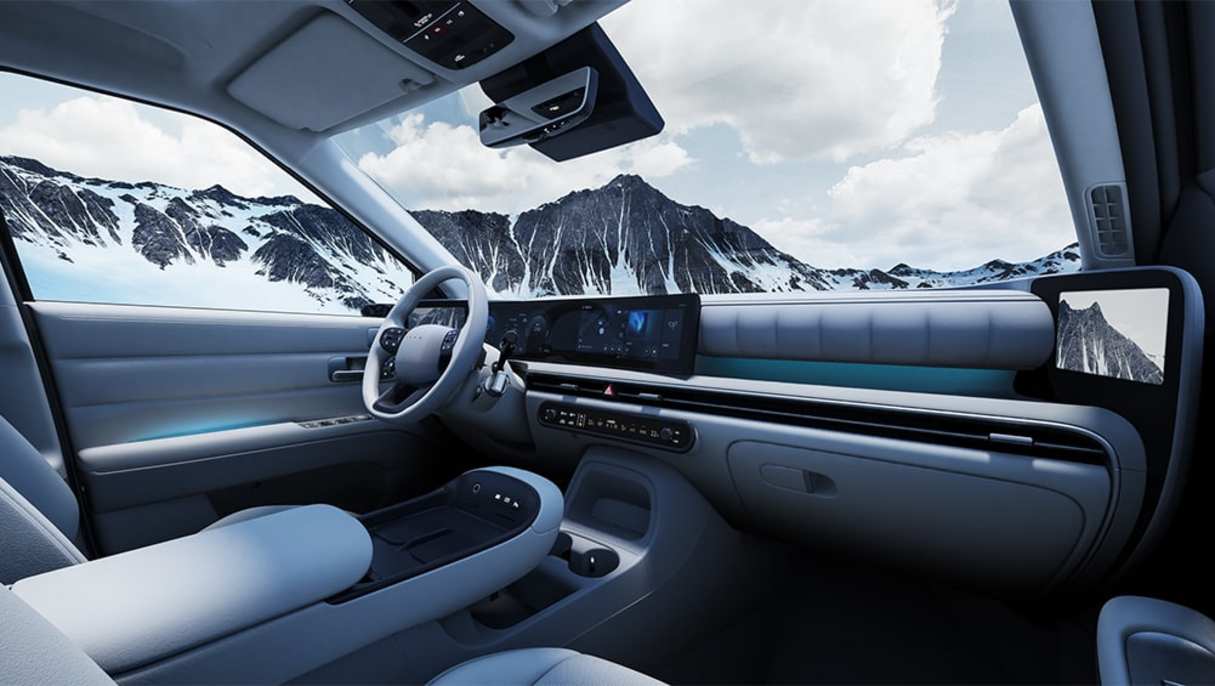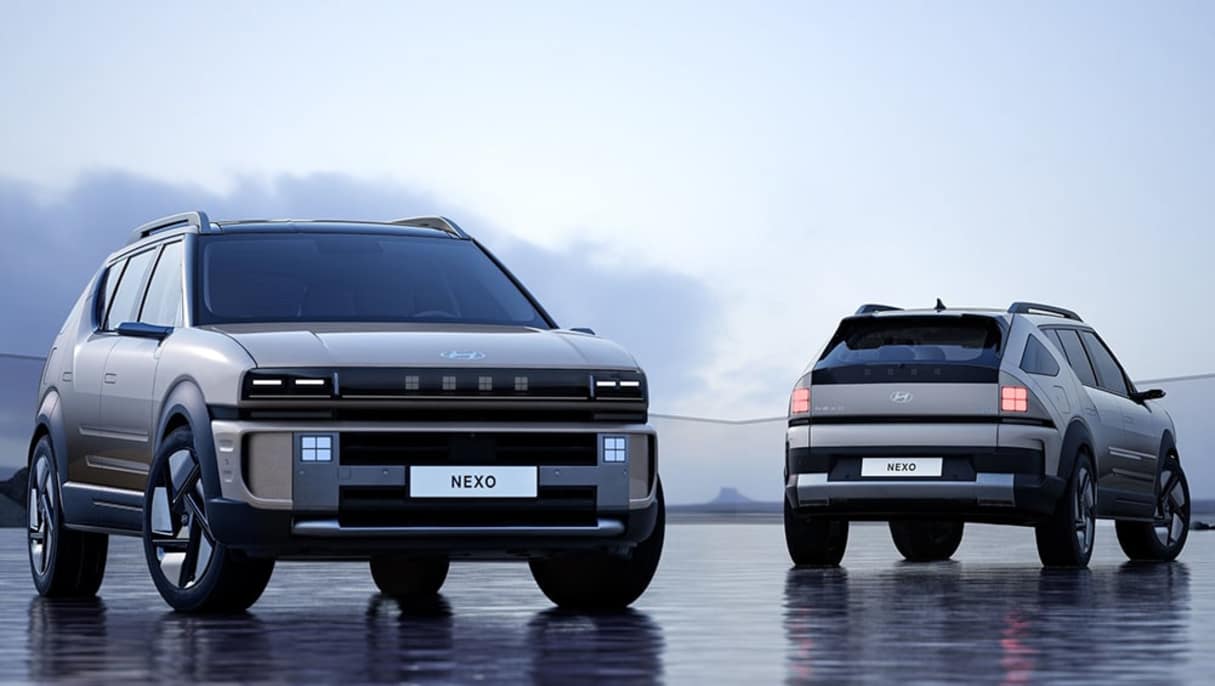After it received Federal Government approval for local sale this week, a Hyundai Australia spokesperson has told CarsGuide its second-generation (NH2) Nexo fuel cell electric SUV is “launching Down Under in 2026”.
Details posted by the government regulator have confirmed full compliance for the recently unveiled mid-size five-seater on vehicle configuration and dimensions, key safety elements, emissions (or lack of them) and more.
And Hyundai’s confirmation of local launch timing is a clear indicator the new Nexo is set to spearhead a revitalised push for FCEV technology in this market.
The first-generation Hyundai Nexo, launched in Korea in 2018, has seen service as a test and development vehicle on the Hyundai Australia company fleet. And since 2021 it’s been the focus of a 20-vehicle trial with the ACT Government designed to explore viability of the technology in day-to-day use.
To that end, ActewAGL installed a pilot refuelling station in Canberra a little over five years ago, primarily to facilitate the Nexo trial as well as develop supply chains and delivery systems.
A hydrogen fuel cell is an energy generation system using two constant inputs - oxygen and compressed hydrogen. These two substances pass either side of a membrane inside the cell, allowing ions to pass between each side, creating direct current electricity in the process.
The advantages are harmless emissions (water), the powertrain is lighter than a conventional BEV’s because it doesn’t require a large drive battery and it uses fewer precious metals than a battery-based set-up.

The downside so far has been limited availability of refueling infrastructure which requires relatively complex pressurisation and refrigeration to make the hydrogen suitable for direct transfer to vehicles.
Hyundai has been a key driver in encouraging government and private enterprise to invest in hydrogen refuelling and will be hoping the arrival of the new Nexo adds impetus to its efforts.
Toyota Australia has also been promoting the second-generation Mirai large luxury FCEV sedan making the car available to fleets on a trial commercial basis in Victoria.
Hyundai and Toyota have also installed high-capacity refuelling hardware at their local HQs in Sydney and Melbourne, respectively.

The latest Nexo is longer (+80mm), wider (+5.0mm) and taller (+33mm) than the first-gen version although it shares the same 2790mm wheelbase.
Power and torque numbers have also stepped up from 120kW/395Nm to 190kW/400Nm with 0-100km/h acceleration dropping from 9.2 to 7.8 seconds.
Hyundai Australia is tight-lipped at this point as to whether the new Nexo will continue to be made available on a trial-only basis or offered for general retail sale.








.jpg)

.jpg)

.jpg)
.jpg)
.jpg)



.jpg)

.jpg)

.jpg)






.jpg)